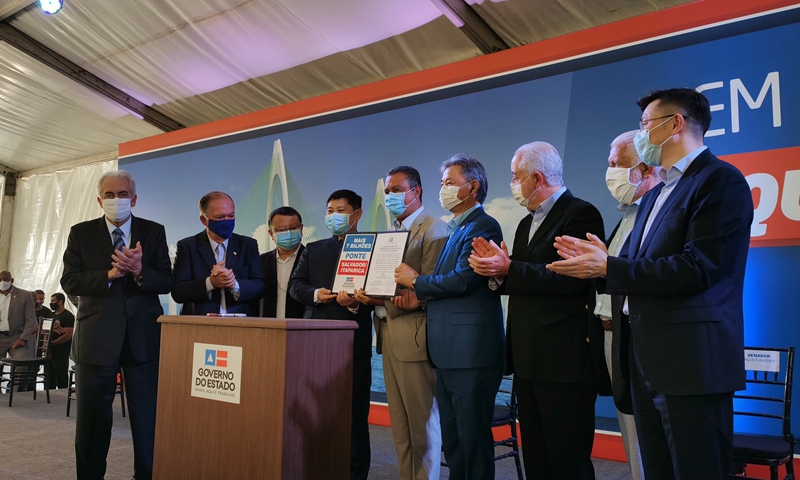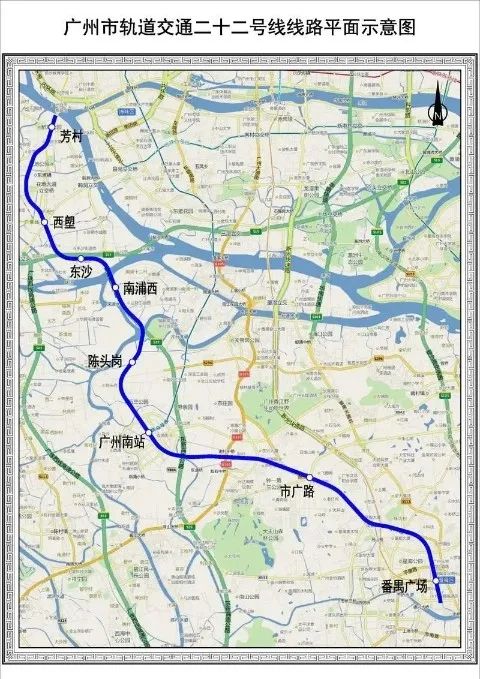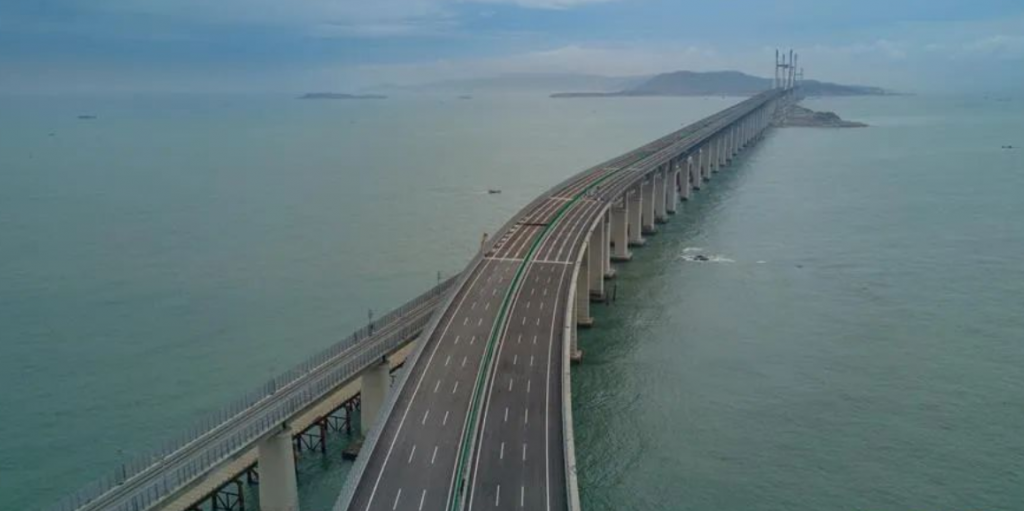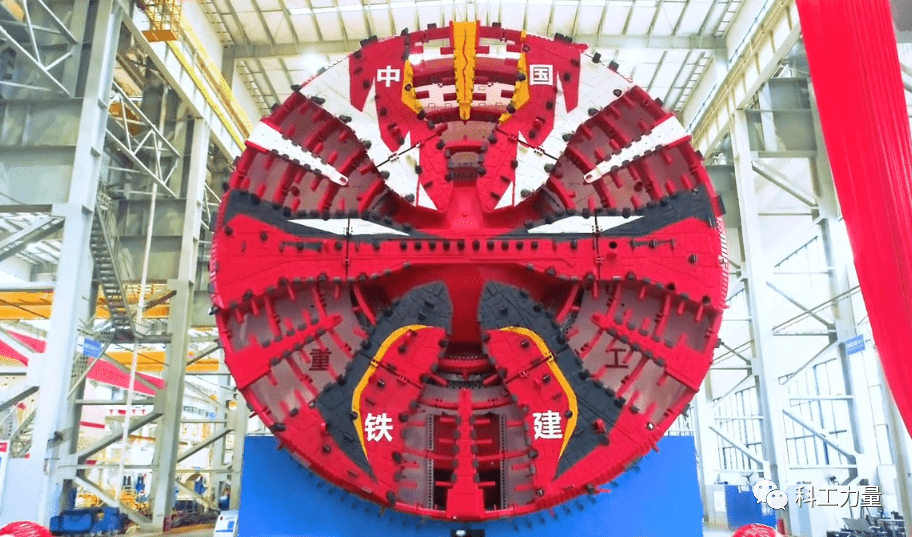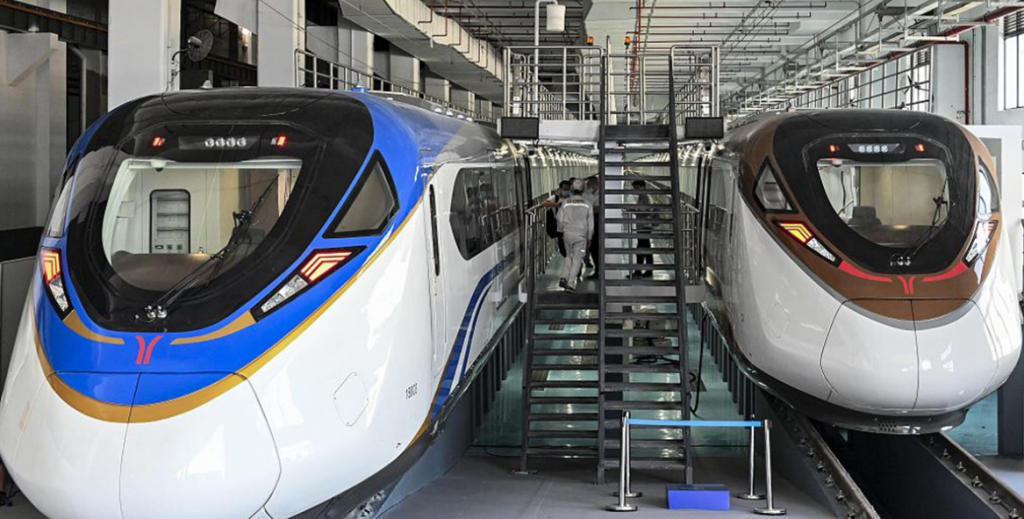https://www.mei.edu/publications/towering-ambitions-egypt-and-china-building-future
- Central Business District (CBD) of the country’s New Administrative Capital
- Suez Economic and Trade Cooperation Zone (SETC-Zone)
- electric vehicle sector
- a light rail network connecting Cairo with surrounding districts
- Ain Sokhna refinery project
- high-speed electric railway between Ain Sokhna and El Alamein
- container terminal inside the Abu Qir Naval Base, on the central Mediterranean coast.
- three solar power stations at the Benban Solar Energy Park in the southern governorate of Aswan
- an industrial complex for the production of solar panels
- African hub for manufacturing a Covid-19 vaccine. 12-11-20 Egypt is negotiating with relevant Chinese companies for the local mass production of China’s new coronavirus vaccine, Egyptian Health Minister Hala Zayed . Egypt is negotiating financially over the cost of obtaining a production license.
- national roads project


